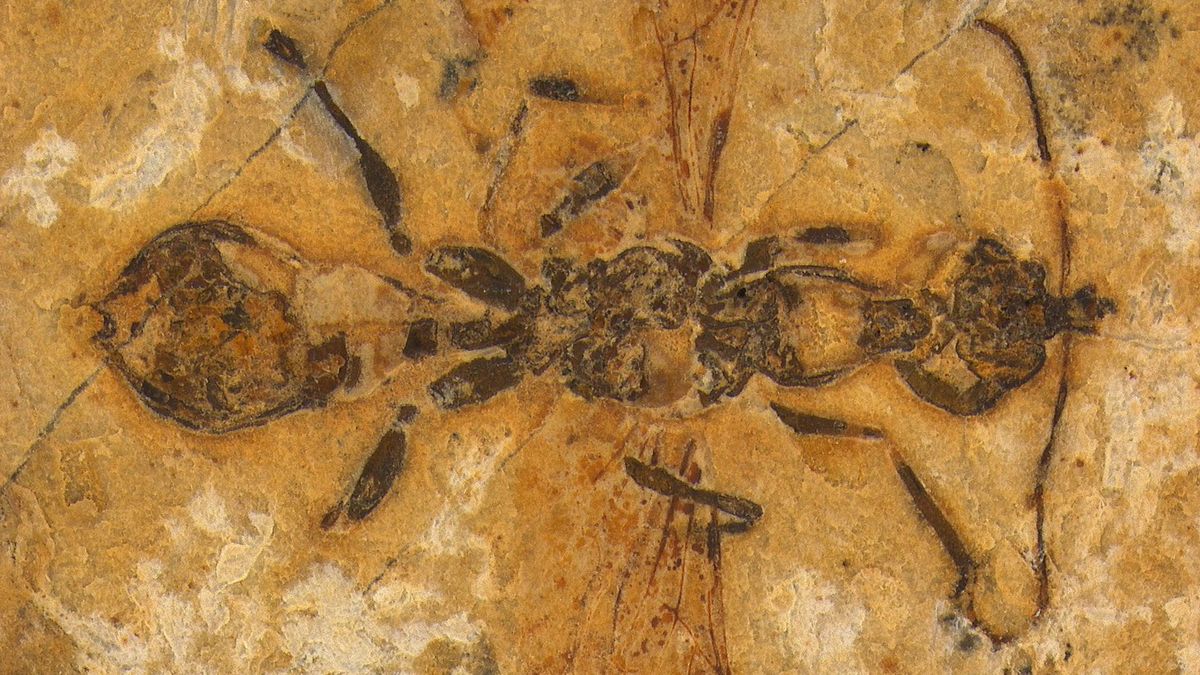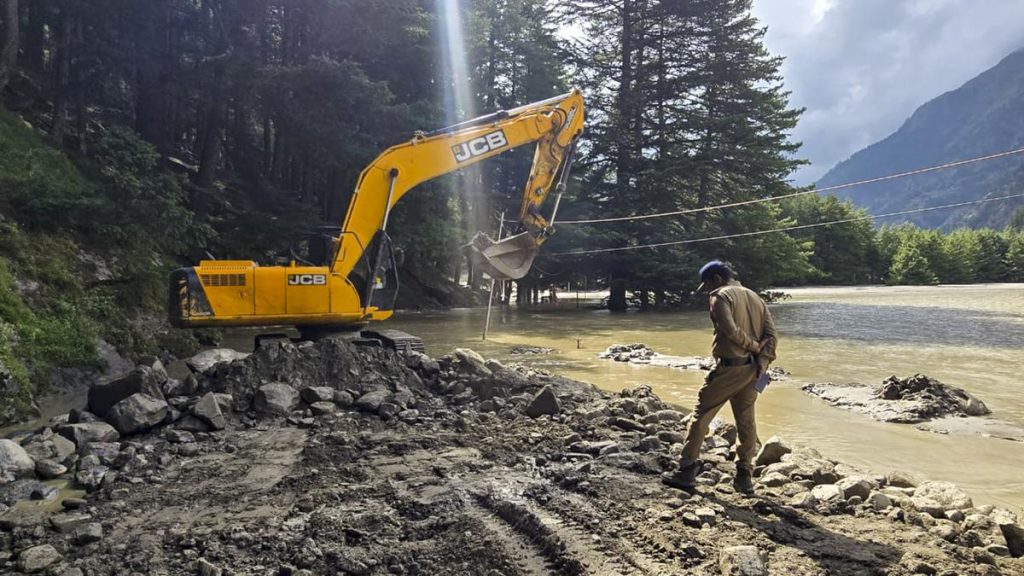Now Reading: Scythe-Jawed ‘Hell Ant’ Fossil Could Be Earth’s Oldest Ant Discovery
-
01
Scythe-Jawed ‘Hell Ant’ Fossil Could Be Earth’s Oldest Ant Discovery
Scythe-Jawed ‘Hell Ant’ Fossil Could Be Earth’s Oldest Ant Discovery

Speedy Summary
- Scientists have discovered the oldest known ant fossil, an extinct “hell ant” species named Vulcanidris cratensis.
- The fossil, dating back 113 million years, was unearthed in northeastern Brazil’s Crato Formation and is preserved in limestone.
- Hell ants were known for their scythe-like upward-facing jaws used for predatory behavior.
- This discovery marks the earliest definitive geological record of ants and suggests complex adaptations evolved early in their history.
- The fossil indicates a global distribution of ants during the Cretaceous period earlier than previously assumed.
- Researchers utilized micro-computed tomography imaging to study its unique anatomical features.
Images:
!Fossilized hell ant
Caption: A photograph of the fossilized “hell ant.”
!Ant reconstruction
Caption: An illustration showing what this ancient ant species might have looked like.
Indian Opinion Analysis
The discovery of Vulcanidris cratensis,the world’s oldest known fossilized ant,offers critical insights into evolutionary biology and paleontology by highlighting early anatomical specializations within insects. Such findings underscore how highly adapted predatory behaviors emerged swiftly after ants first appeared about 140 million years ago.
For india, a country with rich biodiversity and ongoing paleontological exploration (e.g., Central India’s dinosaur fossils), advancements from international studies like this can inspire domestic institutions to invest further in exploring ancient life forms within overlooked local formations such as India’s Vindhyan Basin or Deccan Traps. Moreover,collaborations can bridge gaps between countries,helping develop shared methods like high-resolution imaging techniques that improve understanding of Earth’s evolutionary timeline.
By spotlighting scientific efforts around rediscovering museum specimen collections-an integral practice noted during this study-India could take strides toward reinvigorating its own archival systems to uncover overlooked gems tied to its natural heritage.























